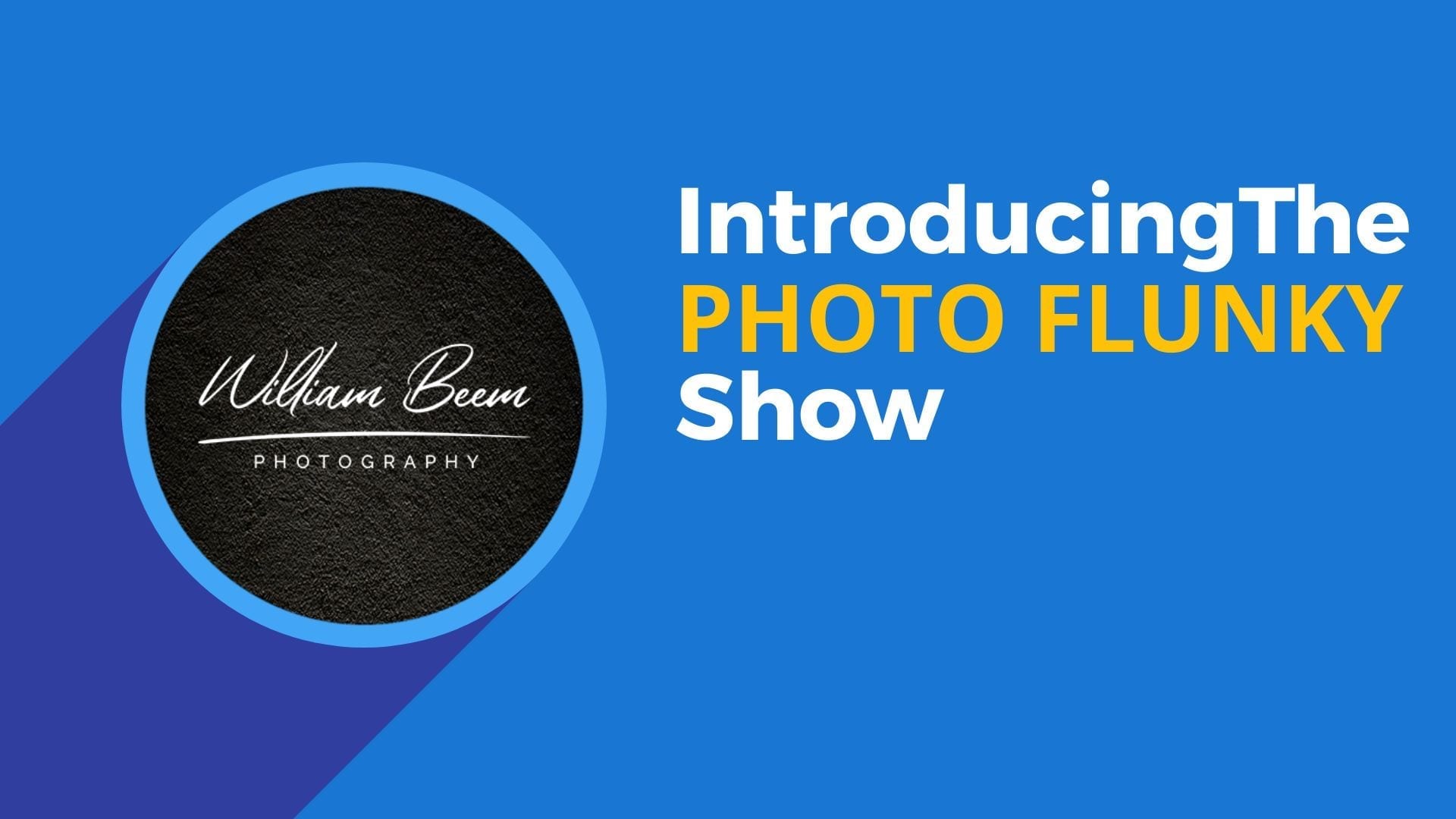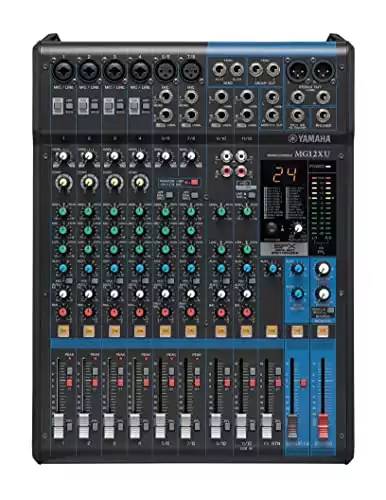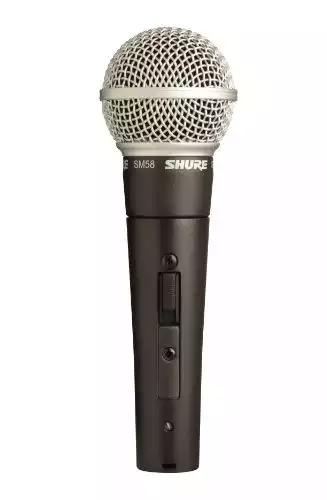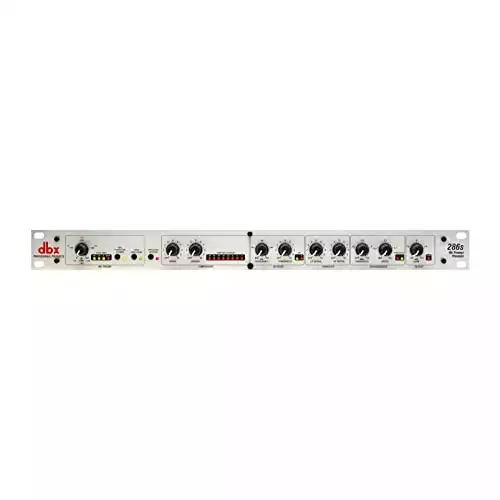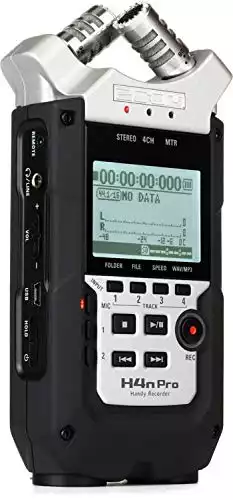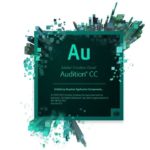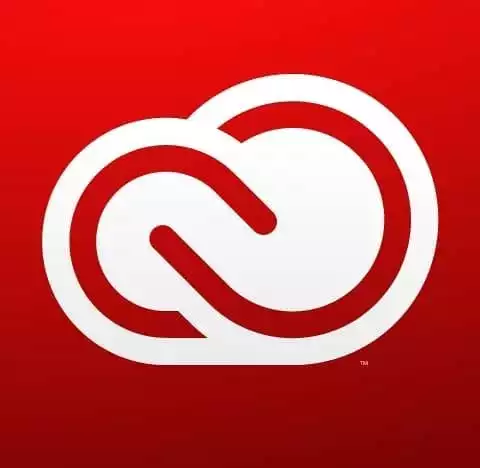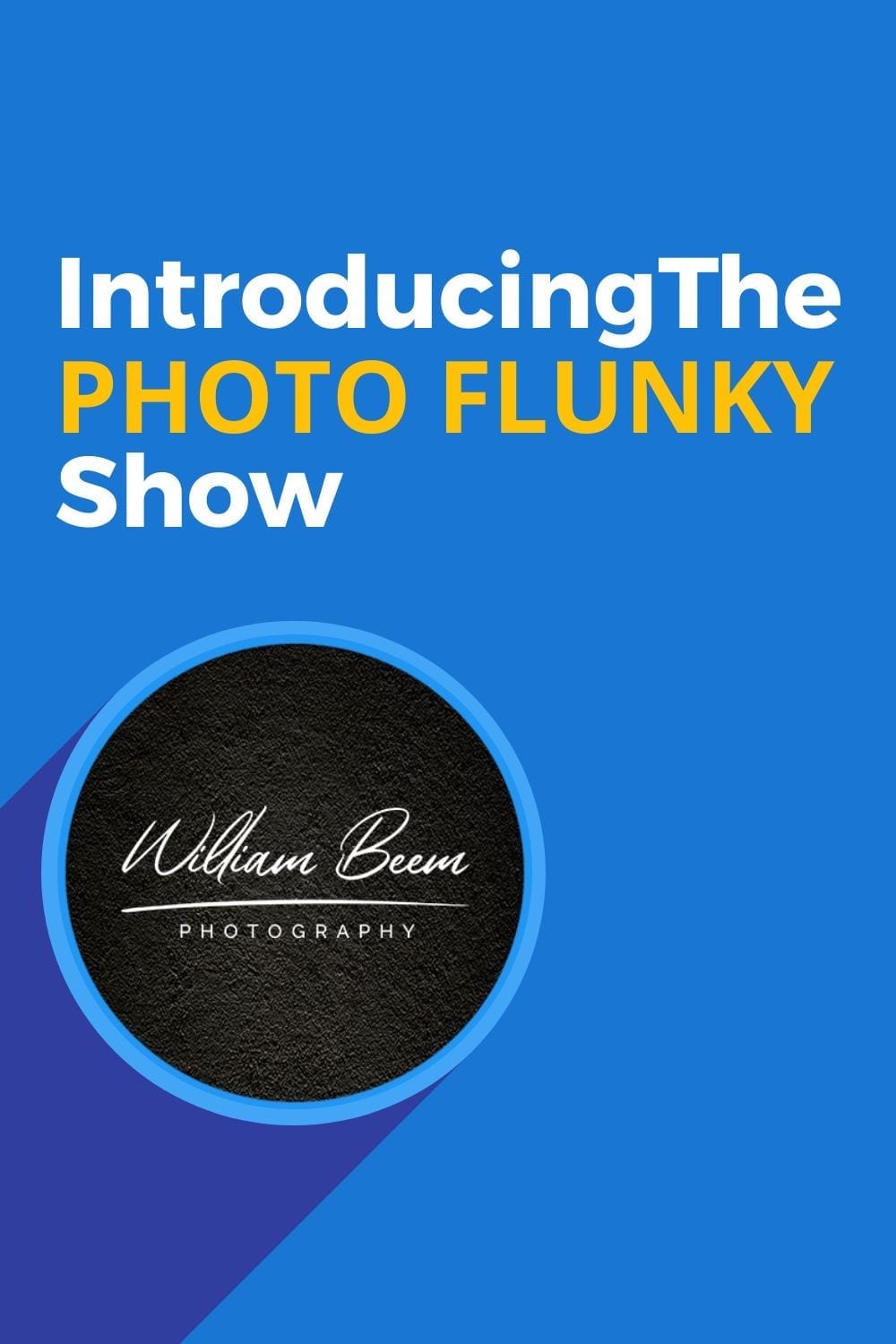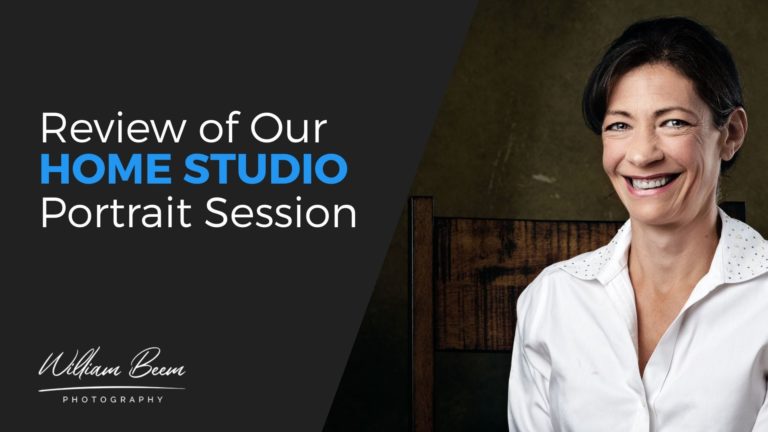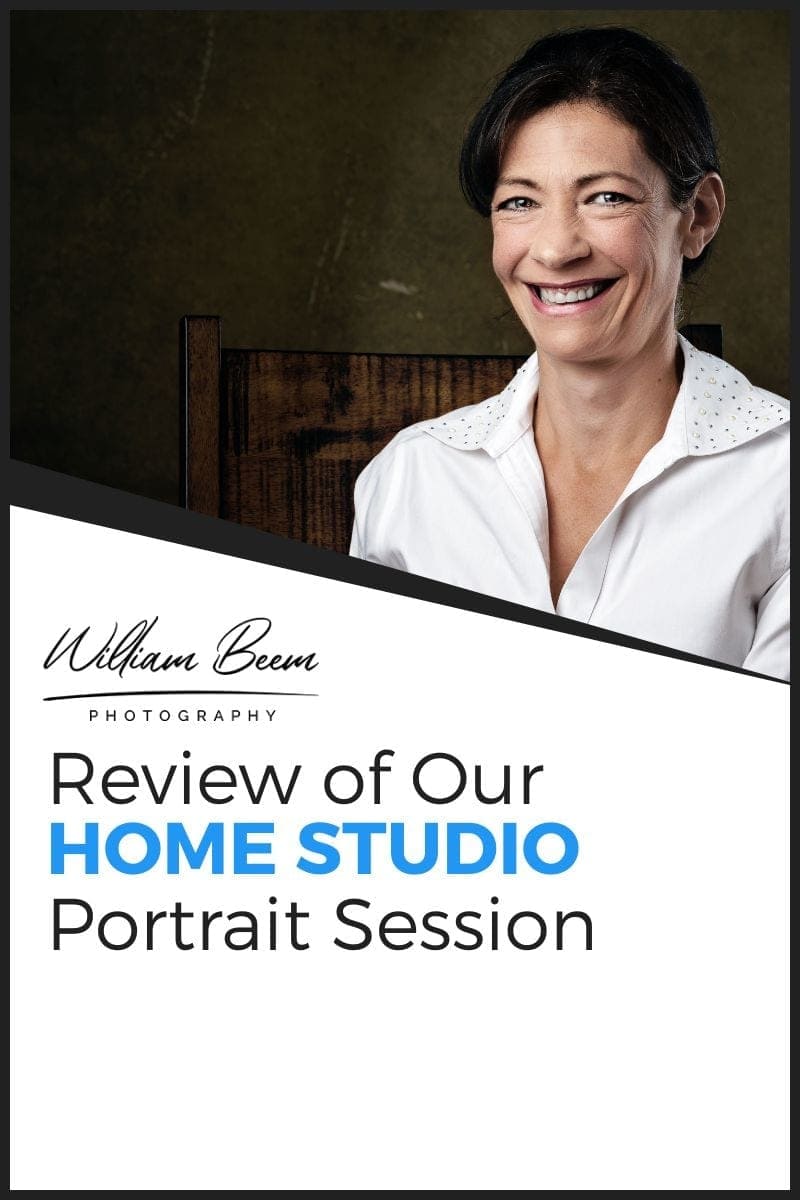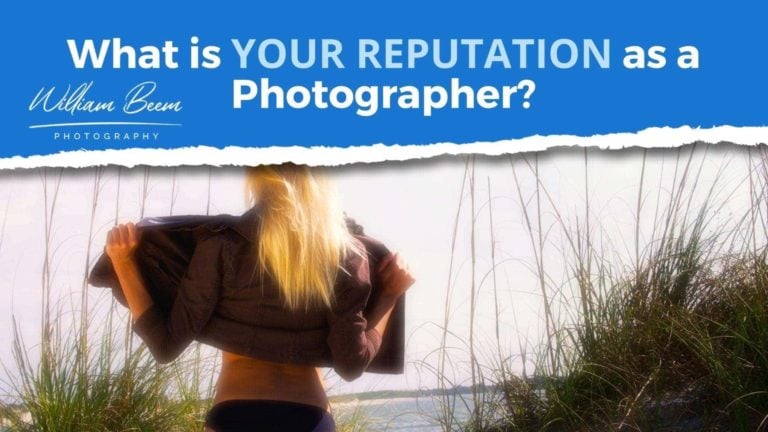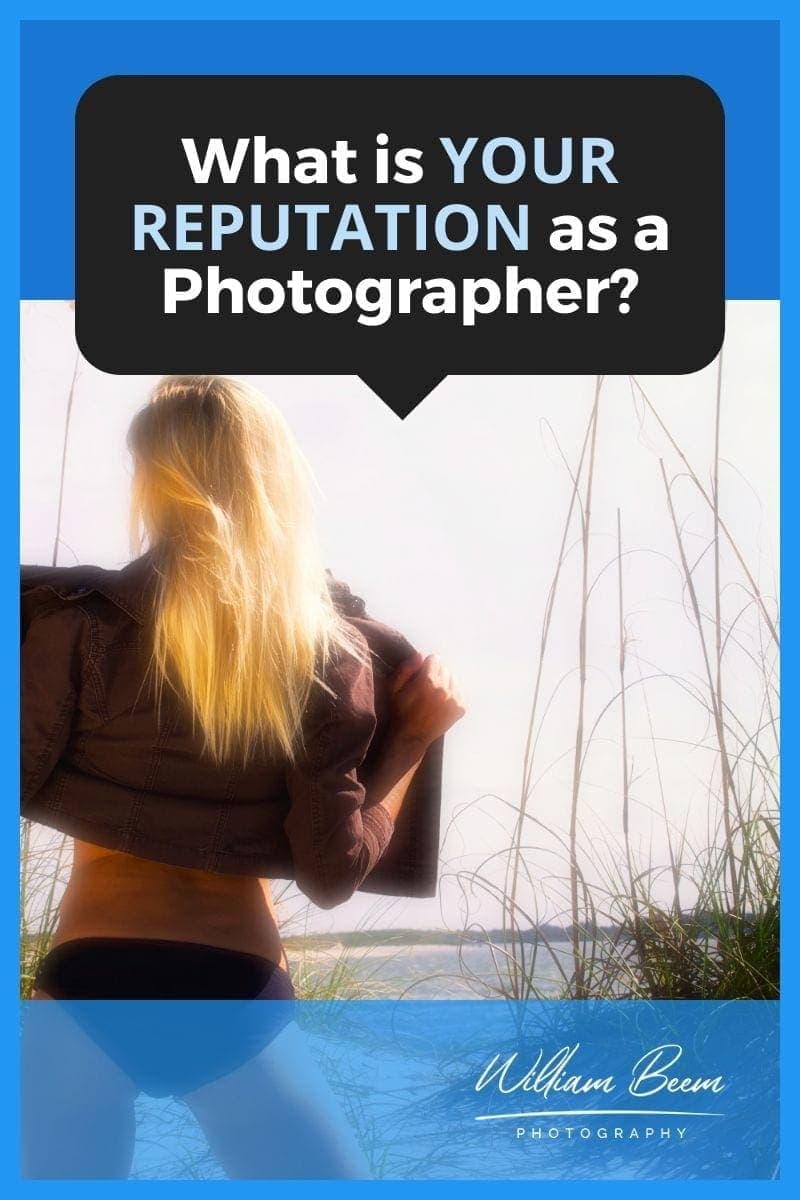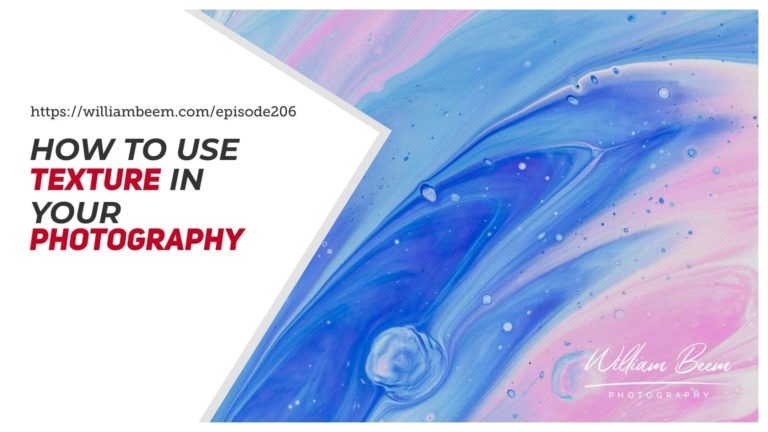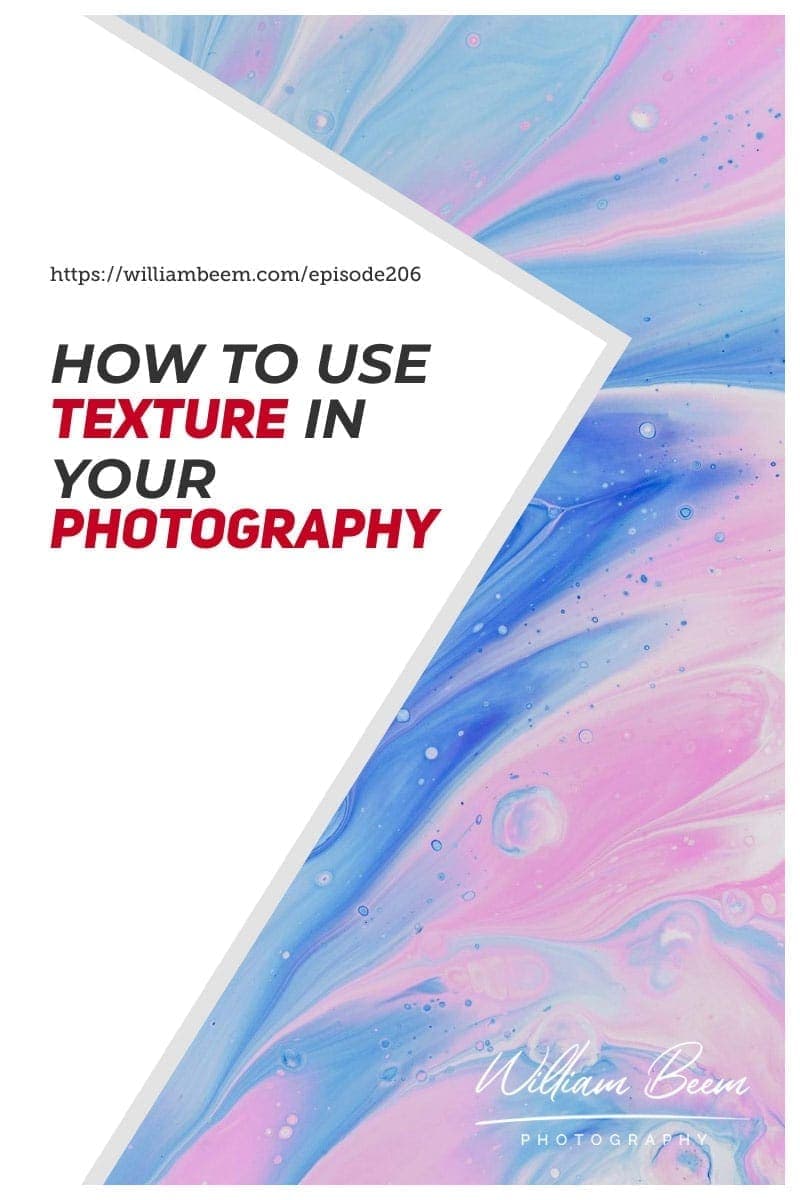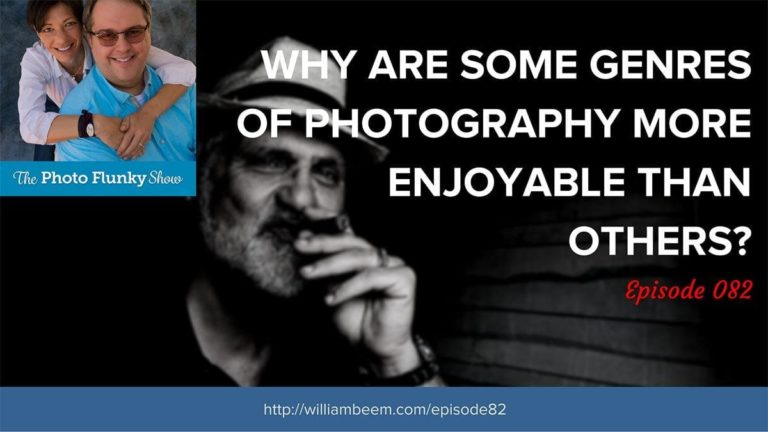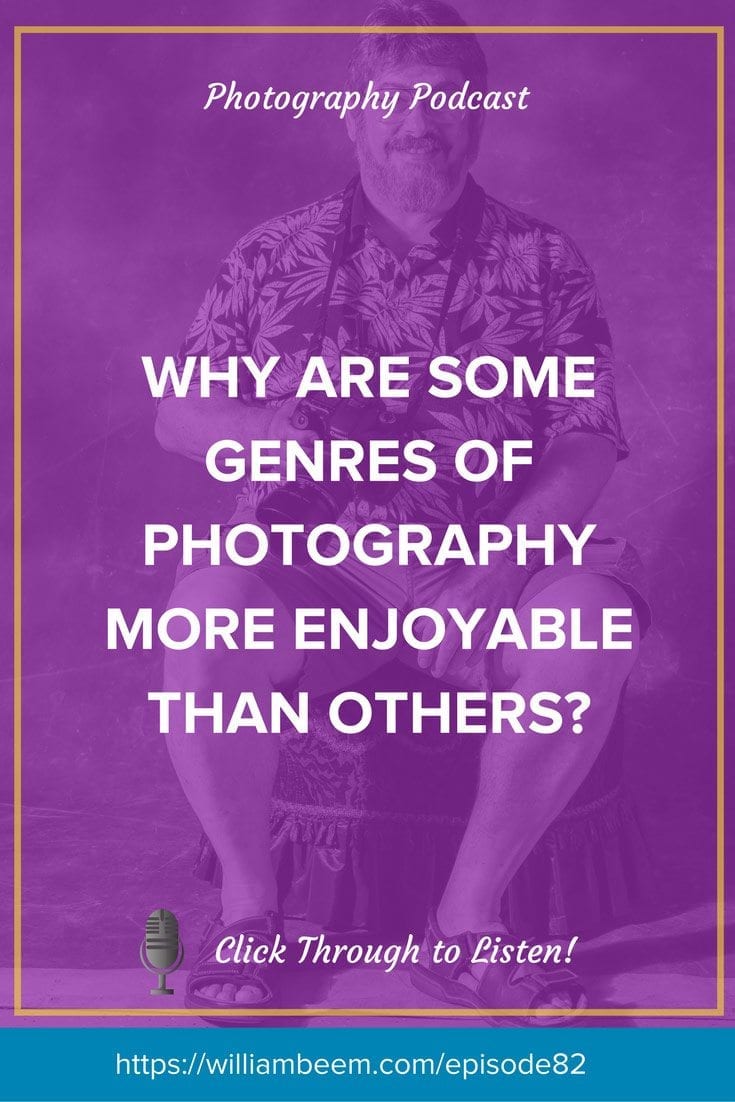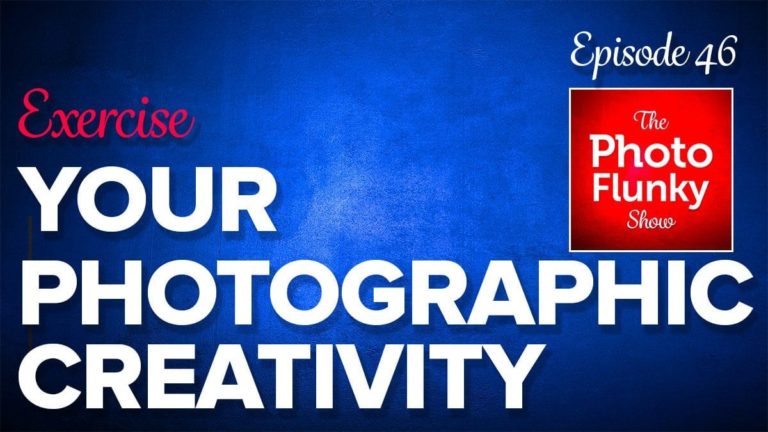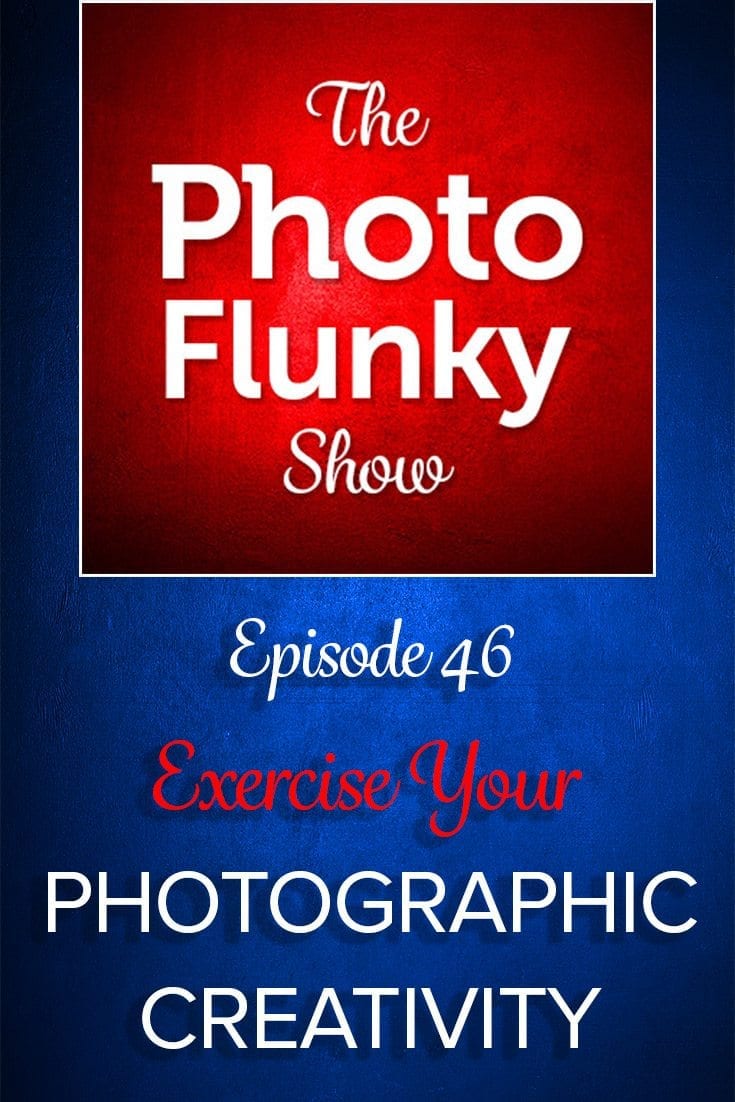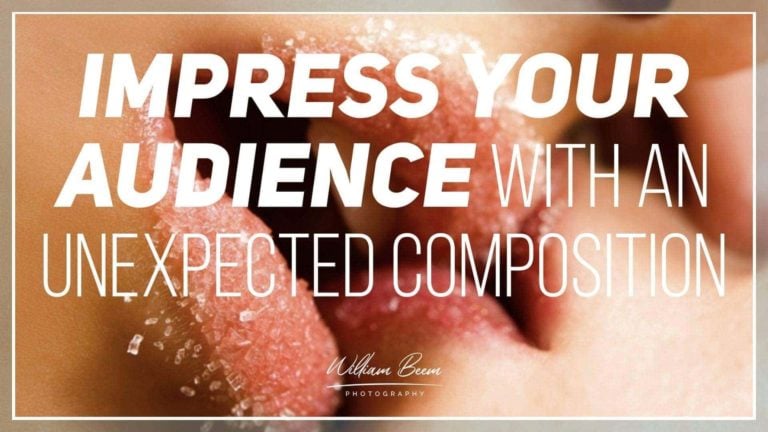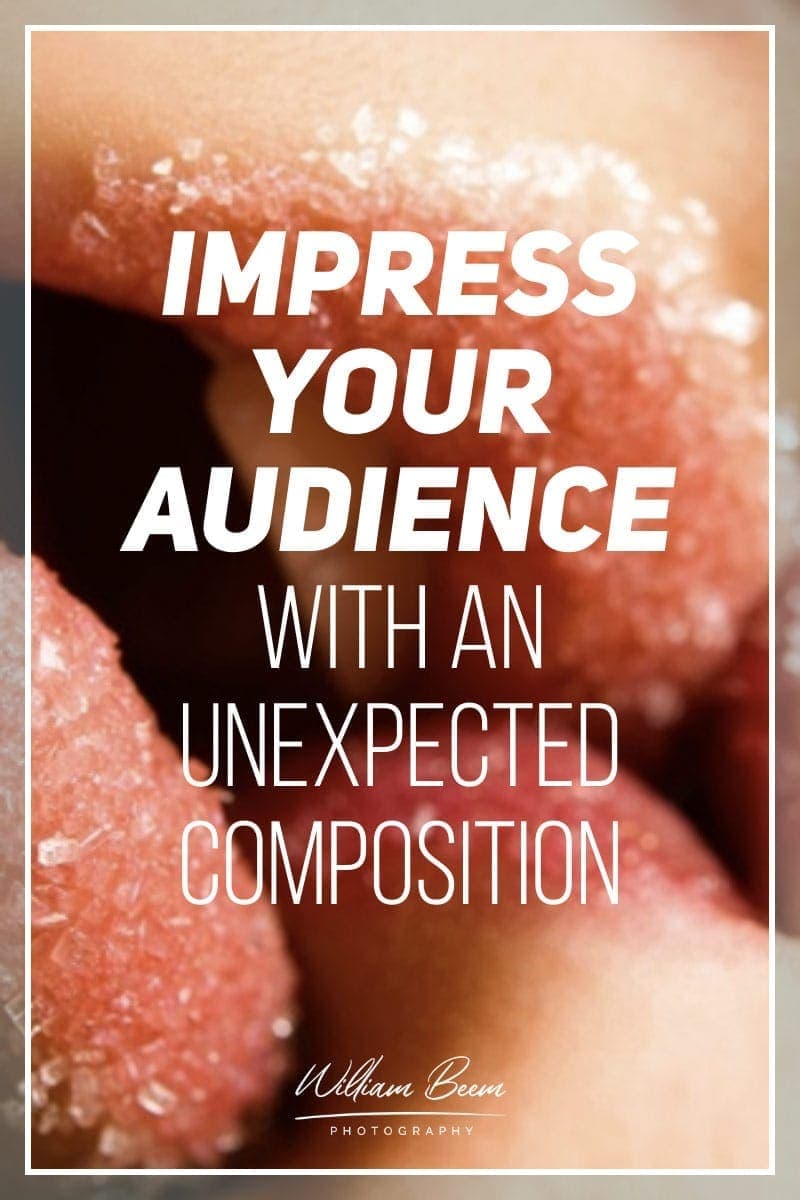Affiliate Disclosure: We earn a commission if you purchase through one of our links at no additional cost to you.
The Photo Flunky Show launches this week on Wednesday, February 10, 2016. It’s a new podcast by me to discuss issues facing photographers and bloggers. I hope you’ll check it out and share it with your friends.
Photo Flunky: Why Start a Podcast?
Some of you who followed my blog know that I’ve been working on the idea of starting a podcast, but I haven’t really gone into the reasons why it’s important to me.
The simple answer is that we all respond to different forms of communication. I also think that some ideas work better with different types of communication.
That’s why I’m branching out from just running the blog to include audio and video. Each has its place and I’ve found that I learn more, and I engage more, with different topics using different ways to distribute the material.
Here’s the plan so far:
- Written – The blog is a perfect place to provide foundational ideas and go into details. One of the decisions I made for the direction of this site is to do more than just share tips, tricks and photos. I want to put things into perspective. That means creating foundational articles that I can use for reference later in other posts, podcasts and videos.
- Audio – As much as I enjoy writing, some topics work better as a conversation. There are nuances that get lost in text. More than once, I’ve written something that was taken the wrong way. You don’t run into that problem as much with the spoken word. If I want to be cheeky, you can hear it in my voice. Inflection works well with speech. Sarcasm in text usually just bombs.
- Video – Sometimes, you just have to see how something works. Video is much better than trying to paste photos and screenshots on an article. I’m looking forward to creating some short tutorials and tips, as well as posting some longer dives into a topic or review.
What is the Schedule for The Photo Flunky Show?
I’m going to post a new episode of The Photo Flunky Show three times each week on Monday, Wednesday, and Friday at 10:00 AM Eastern Time.
My initial desire was to run five episodes per week, but I discovered that just isn’t feasible right now. Combined with the blog posts, creating new videos, and working on some training materials, I’m really staying busy with William Beem Photography. That’s pretty cool for me.
The shows are fairly short by most weekly podcast standards. I’m trying to keep them roughly between 10-15 minutes.
Of course, I want your feedback to help build the show’s direction. I toyed with the idea of doing a Q&A show. That may end up being a segment of the show or I could make one of the weekly episodes dedicated to questions. I’m open to ideas and would love to know what kind of things you want to hear on the show.
Seriously, Is “The Photo Flunky Show” the Best Name You Could Create?
That’s hurtful.
Actually, I considered going with Industrial Passion as a show name. I had a concept for that name a couple of years ago and bought the domain name to use for a portrait photography site.
I never went very far, though. While I liked the idea, the name doesn’t lend itself to the concept of photography. Also, you can’t get it as a Twitter handle – it’s too long.
The name “Photo Flunky” came out of the first episode about Professional vs. Amateur photography. There are some pros who use the word “amateur” in a condescending manner, even if their photography isn’t any better than the amateur’s work.
Of course, that’s pure nonsense. I’ve been on the receiving end of that sort of criticism in the past. Now I can just let it roll off my back. You’re right. I’m just a flunky with a camera. That’s OK with me.
Podcast Gear for The Photo Flunky Show
Before I started working with audio and video, I knew it was imperative to have good audio quality. Listening to someone with bad audio grates on me so much that I can’t concentrate on their message. After a lot of research, I found the gear that works best for me to have a sound that I like. It may not be the very best you ever heard, but it meets my standards.
If you’d like to hear a sample, click the player at the top of this post. I recorded a short preview to give you an idea of what’s coming on the show and how it will sound.
Here’s my audio gear setup. Some of the links below are affiliate links.
1: Mixer
I found the Yamaha MG12XU was a great mixer at an affordable price. Once, I tried replacing it with a Rodecaster Pro, but the Rode just couldn’t produce the same quality result. So I sent it back and returned to my Yamaha MG12XU. That’s what I got for trying to be fashionable.
Why use a mixer instead of an audio interface? It’s to help me reduce post-production.
I run my podcast like a live show. I don’t add music or other sounds in post-production. I play it live while I record. When I get done, I have to do a bit of clean-up work and post-processing in Adobe Audition CC. Most of that runs from a macro I created for the show.
Every input runs on its channel. I can raise or lower a channel on the mixer and save myself a lot of time working on levels in post-processing.
Put simply, the mixer saves me time and sounds great.
The Yamaha MG12XU is a top-of-the-line mixing console that offers excellent sound quality and a wide range of features. With its intuitive design and easy-to-use interface, the MG12XU is perfect for various users and applications. The console features include:
• D-PRE (Discrete Class-A Mic Preamps)
• EQ and High Pass Filters
• 1-Knob Compressors
• Built in SPX Digital Effects
• High Quality Sound Opamp
2: Microphone
I use the Shure SM58 microphone for my audio.
There are a lot of podcasters who swear by the Heil PR40. To be honest, I don’t hear enough difference between the Heil PR40 and the Shure SM58 to warrant spending 3.5 times more money on the Heil microphone.
I like the sound from the Shure a bit better. The Heil has some slight tonal muddiness that put me off buying one of them.
My brother worked as a professional musician for most of his life, and I value his opinion. When I asked him about recording with the SM58 (since its reputation is as a stage mic), he said that it’s very under-rated as a recording mic and does much better than most people think.
I think he’s right, and I also think I know why so many people are buying more expensive microphones.
First, there’s a benefit to having an end-address microphone like the Heil PR40 or the Rode Procaster. You speak into the end of the microphone, and it rejects sound that doesn’t come from that direction. That’s good for reducing background noise.
Second, people are comparing microphones without any other processing in the signal path. YouTube is full of microphone comparisons where they do a shootout without the influence of any other device.
Well, that’s just stupid. You don’t use a microphone alone. You pair it with a preamp. Voice-over artists know very well that the warmth and nuances they want for a given recording come from a pair of a mic and a preamp.
Doing a shootout of microphones without considering a preamp is like testing cameras without a lens. You need both.
That leads to the question, which preamp works best for me?
The Shure SM58 is the industry standard vocal microphone, used by everyone from rock stars to presidents. Its clear, crisp sound and uniform cardioid polar pattern make it the perfect choice for any stage, from small clubs to huge stadiums. With a wide frequency response and low handling noise, the SM58 is ideal for reproducing every note of your performance exactly as you intended. Time after time, the SM58 delivers a warm, crisp sound that will make your voice shine.
3: Mic Preamp
My choice was the DBX 286s Mic Preamp. The difference I found after adding this mic preamp and processor blew me away.
First, the preamp’s power was much better than just using the built-in preamp in my mixer. I bought the Yamaha MG12XU in part because of its preamp. It uses the same D-PRE preamp as the Steinberg equipment. It wasn’t bad. I liked the sound in my Yamaha mixer much better than the Onyx preamps in the Mackie mixers.
However, it couldn’t compete with the DBX sound quality and power. Of course, there is much more to this unit than just the preamp. It also includes
Those little features allow me to tweak the sound of my voice and eliminate (or greatly reduce) background noise.
By the time I connected the DBX 286s to my processing chain, I had a better sound than the Heil PR40 and still saved a bit of money from the cost of the Heil microphone.
The dbx 286s is a premium channel strip processor with excellent sound quality and various features. The sonically pristine microphone preamp is perfect for capturing beautiful vocal or instrumental performances. The four processors can be used independently or in any combination to be tailored to your individual needs. With its sleek design and easy-to-use controls, the dbx 286s is the perfect addition to any recording setup.
4: Recorder
I chose the Zoom H4n Pro 4-track recorder to save my audio tracks.
One lesson I learned from other podcasters was to record directly to a recorder, not my computer.
Why?
There are two main reasons.
First, computer software can crash. It’s happened to all of us. Imagine going through a long recording, getting everything you want just right, and then your computer locks up. Using a digital recorder takes that kind of issue out of the picture. You plug it in and it records.
Second, recording from your computer may inadvertently pick up some noise from the computer itself. Fans, hard drives, electronic whines. It’s all just noise you don’t want in your finished product. Why give it a chance to get in your recording in the first place?
The Zoom H4n has been around for a while and has proven itself as a reliable recorder. It has two XLR input jacks on the bottom, so I could take it on the road (without my beloved DBX 286s) and record on location with my Shure SM58 mics. In fact, the built-in microphone on this unit does a pretty good job by itself.
If you're serious about getting great audio recordings, whether it's for music, film, or podcasts, then you need the Zoom H4N Digital Multitrack Recorder. It provides stunning four-track audio recording quality thanks to its advanced X/Y microphones and natural-sounding preamps. Plus, with a super-low noise floor, you can capture even the most delicate sounds with incredible realism.
5: Audio Post Processing Software
Since I’m an Adobe Creative Cloud user, I chose Adobe Audition CC for my post-processing. Man, am I glad that worked out.
Yes, there are other options. I could use GarageBand on my Mac or use the free Audacity software. Plenty of podcasters use both of these tools. I’m glad I have Audition at my fingertips.
It’s just a better tool with plenty of power and capability. It’s like Photoshop for your audio. There are other tools, but this is the best one.
I was fortunate to find the YouTube channel of Mike Russell from Music Radio Creative. Mike has a lot of experience with Audition and I like how he teaches you to use it. If you like Audacity, he also has some lessons to help you out.
If you're a creative professional, then you need the Adobe Creative Cloud. It's a suite of applications with everything you need to express your creativity. With powerful photography, video editing, audio processing, and more tools, the Creative Cloud has everything you need to turn your ideas into reality.
Enjoy The Show
Once again, The Photo Flunky Show launches this Wednesday right here on williambeem.com. I’m still setting up a few things, but you can listen using the player on each podcast page. By Wednesday, I’ll have a page dedicated to photo flunky.com with all of the episodes in one place.
Most importantly, thank you. I’ve had some wonderful feedback on my new direction and it just encourages me to keep working. I always value your comments and suggestions, so please keep them coming. I really appreciate you!

